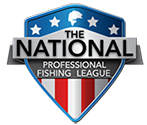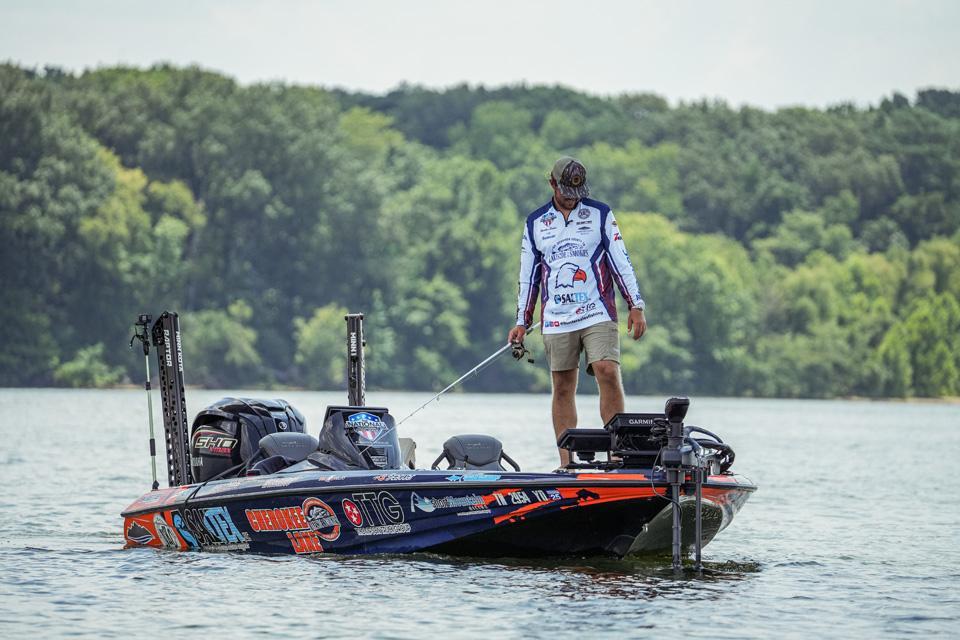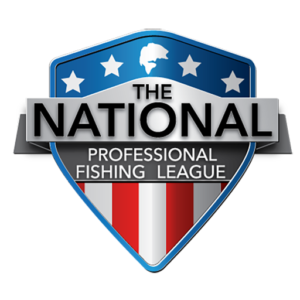Story by Hunter Sales | Photos by Tanner & Travis Lyons
Each year beginning in August and extending through early October, bass across the country start to suspend and chase baitfish. I have really enjoyed the last few weeks here in Jefferson County, Tennessee on Douglas Lake targeting these fish. Before FFS, I always assumed that these fish were just off the bottom due to fishing pressure, but now we know that they are actively hunting. One of the best ways to target these groups of active bass is with a flutter spoon.
A flutter spoon has always been one of my favorite ways to generate bigger than average bites. It creates reaction strikes when other lures won’t, its large profile appeals to big fish, and it can be fished in multiple sections of the water column. I primarily focus on larger spoons but have seen instances where a 4-inch spoon dominates. In the Douglas Lake NPFL event earlier this year, I weighed in some key fish on a 7-inch spoon as well. This bait intimidates a lot of people and for good reason. With the wrong setup, throwing an 8-inch, 3.5-ounce bait is a nightmare.
The key to throwing a flutter-spoon comes down to two things: location and setup. With regard to setup, I prefer a 7-foot-6 heavy moderate-fast St. Croix Victory casting rod with an 8.1:1 gear ratio Seviin GS series reel spooled with 20-pound-test Seaguar Tatsu. I’ve used multiple rod brands over the years, but this St. Croix has a long enough handle to make throwing a spoon a breeze.
Preventing fatigue when throwing a large bait is important. I prefer to use one hand on the butt of the rod and the other on the reel to make a sweeping motion upwards before picking up the slack with my reel. The moderate-fast tip helps to keep the treble hook pinned while the rod is heavy enough to winch the fish to the boat and flip them in. I also tie braided split rings on my spoons, eliminating any leverage the fish could potentially use to throw the heavy bait.
Now that you’ve got the right setup, let’s talk about finding fish. My favorite areas to target in late summer are places that have a vertical drop. Whether around a steep point, an underwater bluff, or even structure like a bridge, the fish tend to use these areas to ambush bait. They can sit out off the break and suspend while hunting for bait and then use the vertical drop as a wall to pin bait up against. I used to see this countless times with my eyes against bridges in the fall, but now you can see the same things happening on FFS under the water. It’s neat to watch this predator-prey encounter. I don’t want to over-simplify the approach, but it really is as simple as finding a vertical drop that has baitfish nearby and waiting on an active group of fish to feed.
If you want to catch the biggest, smartest, bass in one of the toughest times of year, give a flutter-spoon a try. Get the right setup, spend a few hours looking for the right ingredients, and you’ll have a successful day on the water.
Hunter Sales – Angler Profile





